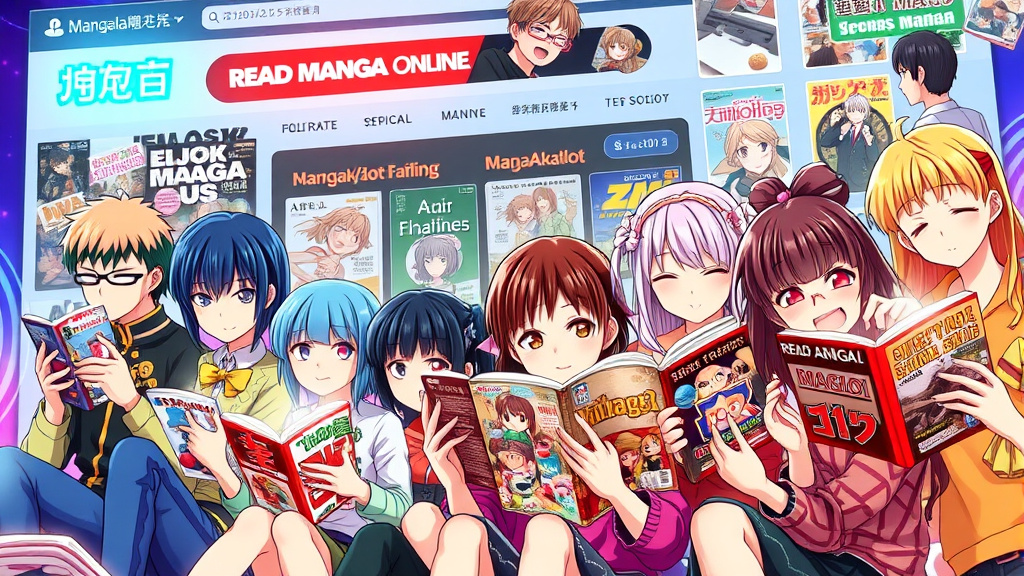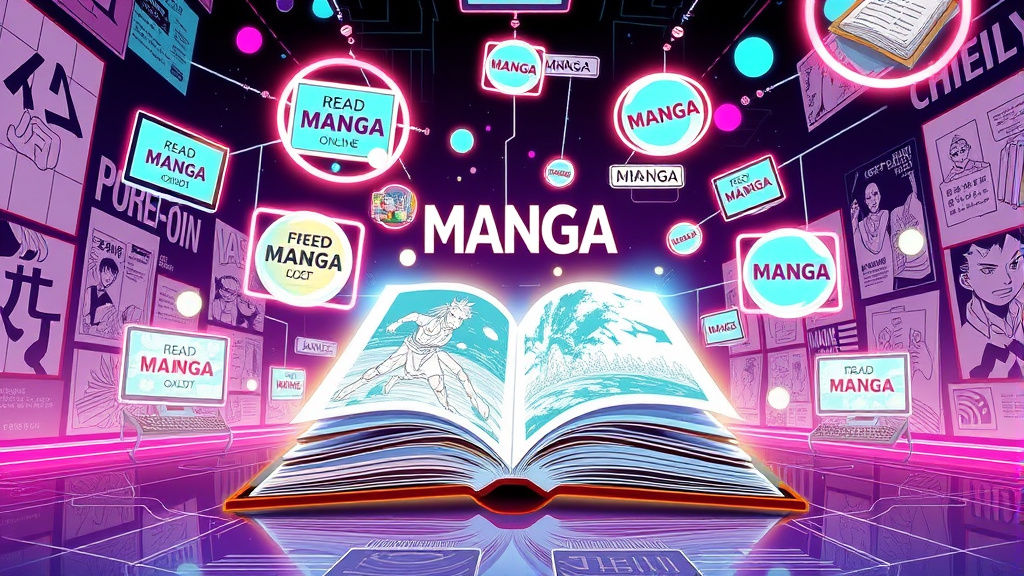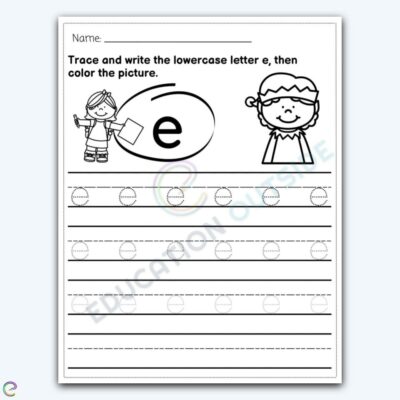Erotic manga, often called "eromanga," forms a fascinating subset of Japanese comics that blend artistic expression with sensual storytelling. These works explore themes of sexuality, fantasy, and human relationships through diverse art styles and narratives, captivating audiences worldwide. From its roots in traditional Japanese art to its modern digital evolution, erotic manga continues to challenge cultural boundaries and push creative limits, making it a compelling subject for exploration and analysis.
Exploring the Landscape of Erotic Manga
Erotic manga occupies a unique space within the broader manga universe, serving as both entertainment and a form of artistic expression that delves into human sexuality. Unlike mainstream manga, which often balances storytelling with visual appeal, eromanga emphasizes intimacy, sensuality, and sometimes taboo themes, all woven into compelling narratives. The diverse landscape includes everything from light-hearted romps to dark, complex explorations of desire, reflecting evolving societal attitudes toward sexuality and intimacy.
This genre's versatility is partly due to its global reach; as digital platforms make eromanga accessible worldwide, its landscape broadens to include varying cultural influences and artistic approaches. Some stories focus on emotional connection and romantic fantasies, while others explore fetishism or alternative lifestyles—each with its own audience and cultural significance. As a dynamic art form, erotic manga continues to innovate and adapt, playing an essential role in the broader sphere of adult entertainment and artistic discourse.
 Hình minh họa: errotic manga – japanese comic online
Hình minh họa: errotic manga – japanese comic onlineThe Appeal and Allure of Erotic Manga Art Styles
The visual appeal of erotic manga lies in its diverse and expressive art styles, which range from hyper-realistic to exaggerated and fantastical interpretations. Artists often adapt their style to fit the tone and themes of their stories, whether aiming for sensual realism or exaggerated caricatures that emphasize certain features. This variability allows audiences to find works that resonate personally and artistically, making the genre deeply customizable and engaging.
Moreover, eromanga's art style often combines technical mastery with imaginative storytelling, creating a visual language that communicates desire, emotion, and context simultaneously. The allure is heightened by the use of delicate line work, strategic shading, and vibrant coloration that accentuate intimacy while maintaining artistic integrity. As manga artists push the boundaries of anatomy and motion, they invite viewers into worlds of fantasy and human connection that are as aesthetically compelling as they are emotionally provocative.

A Look at Different Subgenres within Erotic Manga
Erotic manga encompasses an array of subgenres, each exploring different themes, kinks, and narrative tones. For instance, some works focus on romance and emotional intimacy, emphasizing character development and genuine connection, while others emphasize BDSM, fetishism, or taboo themes, catering to niche preferences. The diversity ensures that almost every reader can find a story that aligns with their personal interests and fantasies.
Within these subgenres, storytelling techniques vary, from straightforward erotic scenarios to intricate plots involving complex character relationships and societal commentary. Some stories blend humor and sensuality, making the experience light and playful, while others delve into darker, more psychological themes. This breadth not only illustrates the versatility of erotic manga but also highlights its capacity to explore the multifaceted nature of human sexuality in nuanced and meaningful ways.
Cultural Context and the Evolution of Erotic Manga
The history of erotic manga is deeply intertwined with Japan's cultural and artistic traditions. It draws influence from Ukiyo-e prints and shunga—erotic woodblock paintings from the Edo period—reflecting society’s complex relationship with sexuality over centuries. Post-World War II, erotic manga evolved alongside Japan’s changing attitudes towards sexuality, gradually gaining acceptance and recognition as both art and entertainment.
Over the decades, the genre has undergone significant transformation, particularly with the rise of digital media and globalization. Modern eromanga often push boundaries further, challenging cultural taboos while reflecting shifts toward greater openness about sexuality. Furthermore, contemporary works often incorporate themes of gender fluidity, LGBTQ+ characters, and consent, mirroring society’s ongoing dialogue on these issues. The evolution of eromanga exemplifies how art can serve as both a mirror and a catalyst for cultural change.
Ethical Considerations and Responsible Engagement with Erotic Manga
Engaging with erotic manga responsibly involves understanding and respecting the boundaries and contexts within which these works exist. While many eromanga are intended for mature audiences and explore adult themes artistically, some content can be controversial or illegal, especially when it involves non-consensual themes or depictions of minors. Discerning ethical consumption means supporting works that promote healthy, consensual portrayals of sexuality and avoiding material that exploits or harms individuals.
Furthermore, consumers should remain aware of cultural differences in the portrayal of sex and consent. Appreciating eromanga as an art form requires critical thinking about the messages conveyed and their impact on societal attitudes. Responsible engagement extends to advocating for ethical publishing practices, respecting creators’ rights, and being mindful of the influence media has on societal perceptions of sexuality and intimacy.
Notable Artists and Influential Works in Erotic Manga
Several pioneering artists have profoundly shaped the erotic manga landscape through their distinctive styles and groundbreaking stories. Artists like Toshio Maeda, who created the infamous "Urotsukidoji," broke taboos and expanded the genre's boundaries with their visceral and imaginative work. Others, like Shigeru Mizuki, incorporated erotic elements into broader narratives, elevating the genre’s artistic credentials.
Influential works such as "Aoharu" and "Interspecies Reviewers" have garnered critical acclaim and widespread popularity, pushing the genre into mainstream consciousness. These creators and their works often challenge societal norms while exploring complex themes of identity, desire, and the human condition. Their contributions highlight how eromanga serves not only as entertainment but also as a potent platform for social commentary and artistic innovation.
The Role of Erotic Manga in Japanese Pop Culture
Erotic manga has integrated deeply into Japanese pop culture, influencing everything from anime to fashion and media. While it often exists on the fringes of mainstream acceptance, eromanga periodically crosses over into more prominent cultural spaces, affecting perceptions of sexuality and artistic expression. Its influence can be seen in the marketing of adult-oriented anime, the rise of fan conventions, and the development of a dedicated community of enthusiasts.
In Japan, eromanga also plays a role in challenging social stigma and fostering conversations around sexuality. Its visibility in media and art contributes to a broader discourse on individual freedom and expression, emphasizing that sexuality is a natural, multifaceted aspect of human life. The genre's integration into Japanese pop culture ultimately underscores its importance as both an artistic and social phenomenon.
Where to Find and Access Erotic Manga Online (Legally)
Accessing erotic manga responsibly requires awareness of the legal and ethical considerations involved in digital media consumption. Several legitimate platforms host a vast catalog of eromanga, including Crunchyroll, Fakku, and itasha stores, offering a wide variety of titles with appropriate age restrictions. These sites often provide localized content and support creators through proper licensing, ensuring that artists and publishers are compensated for their work.
Beyond dedicated manga sites, some mainstream digital storefronts like Kindle and ComiXology also feature a selection of adult manga titles. To avoid infringing on copyright laws and to ensure a safe viewing experience, consumers should prioritize platforms that emphasize legality and content moderation. Investing in legal options fosters a sustainable environment for creators and encourages the continued growth of ethical, high-quality erotic manga.
Understanding the Demographics and Audience of Erotic Manga
The audience for erotic manga is surprisingly diverse, cutting across age, gender, and cultural backgrounds. While traditionally associated with adult males, recent shifts reveal substantial female readership and international fans, reflecting a broader acceptance of erotic art as a legitimate form of storytelling. This demographic variation influences the themes and styles of eromanga, leading to a more inclusive and varied genre.
Understanding this broad audience helps inform the types of stories and art styles that resonate most widely. For many, eromanga provides a safe space for exploring fantasies, understanding human sexuality, and engaging with art in a deeply personal way. As societal attitudes toward sexuality evolve, the genre’s audience is likely to expand further, encouraging more nuanced and diverse representations of desire and intimacy.
Future Trends and Innovations in the Erotic Manga Industry
The future of erotic manga promises exciting innovations driven by technological, cultural, and artistic developments. Virtual reality (VR) and augmented reality (AR) are beginning to influence how fans experience erotic stories, creating immersive environments that deepen engagement and realism. Additionally, AI-generated art and storylines may lead to more personalized and dynamic content, tailored to individual preferences.
Culturally, as societies become more open about sexuality, eromanga is likely to explore more complex themes, including gender identity, consent, and emotional intimacy. Furthermore, the industry might witness increased global collaborations, blending Western and Eastern storytelling traditions. These advancements will not only redefine how erotic manga is created and consumed but also challenge perceptions, elevating it as a serious and innovative art form.
Conclusion
The landscape of erotic manga is a vibrant, ever-evolving realm that encompasses artistic mastery, cultural dialogue, and innovative storytelling. Its diverse art styles, subgenres, and thematic explorations reflect society’s changing perspectives on sexuality, pushing artistic boundaries while fostering communities of dedicated fans worldwide. As the industry adopts new technologies and navigates ethical considerations, erotic manga continues to serve as a powerful form of expression that challenges norms and celebrates human desire in all its complexity.





